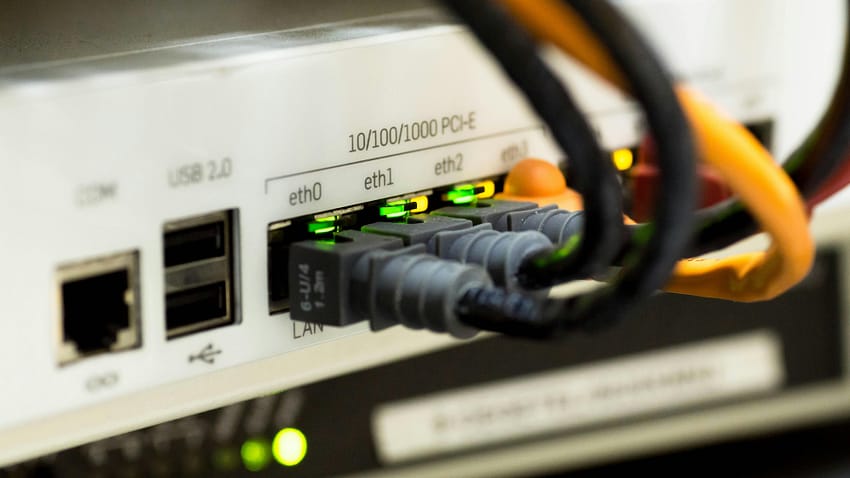Despite and investment exceeding AUD$51B, with a further $3B committed by the federal government to finish the NBN (as if infrastructure in a country that has a growing population and urban sprawl can ever be finished), Australia’s broadband speeds still languish in global terms according to recent data from Ookla.
Ookla’s Speedtest Global Index, reveals that Australia ranks 22nd in the world when it comes to mobile broadband speeds. The UAE tops the list with average mobile data speeds to 453.87 Mbps. Australia comes in with 104.34 MBps.

The picture is bleaker with fixed broadband where Australia doesn’t make the global Top 25. That’s led by Singapore with average speeds of 330.98 Mbps recorded in December 2024. Australian’s enjoy an average fixed broadband speed of 78.47 Mbps – or about 25% of what Singaporeans enjoy. That ranks us at 79th in the world.

The NBN (National Broadband Network) was a major infrastructure project that has been a powerful enabler for Australia as it sees to compete globally on innovation project and as a tool that has provided opportunities for people to work in new ways. Without it, it’s hard to imagine how Australians would have worked during the pandemic.
Yet, despite the significant investment Australia continues to lag the rest of the world.
The fixed broadband performance does hide something though. It is possible for Australians to enjoy faster speeds but the cost structure of the NBN is preventing that. Plans that offer fast performance typically cost significantly more than many household budgets can handle. While Retail Service Providers (RSPs) can offer a variety of plans, they are somewhat constrained by two factors: the options provided by NBNCo as the infrastructure operator and wholesaler, and the fees that are charged by NBNCo for access to the network and different levels of bandwidth.

During the early days of the NBN, there were some users that automatically chose the cheapest available plain, which offered a paltry 12 Mbps. The best ‘bang for buck’ plan at that time was the 50 Mbps plan. Faster plans (100 Mbps+) were limited to properties running specific types of connections – a remnant of the ‘multi-technology mix’ that was introduced following a change of government during the project. And many people haven’t ever shopped around or upgraded their connections.
So, while the averages tell one story, when we scratch the surface, there are some explanations for Australia’s poor standing when it comes to fixed broadband when we look at the global picture.

Anthony is the founder of Australian Apple News. He is a long-time Apple user and former editor of Australian Macworld. He has contributed to many technology magazines and newspapers as well as appearing regularly on radio and occasionally on TV.

